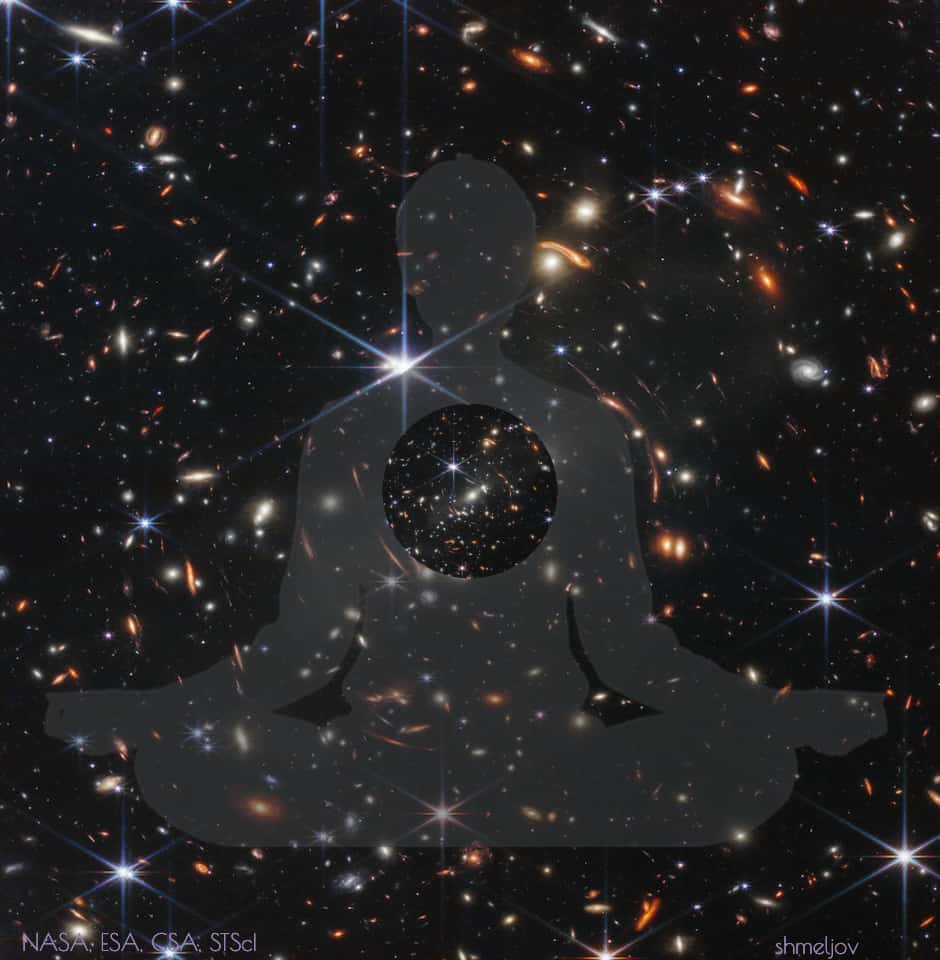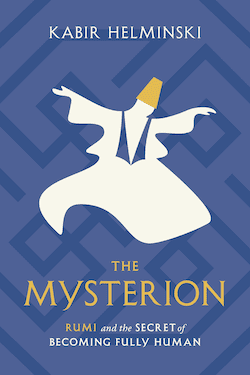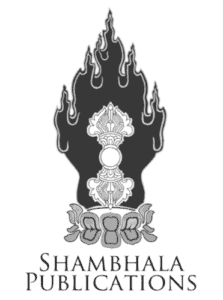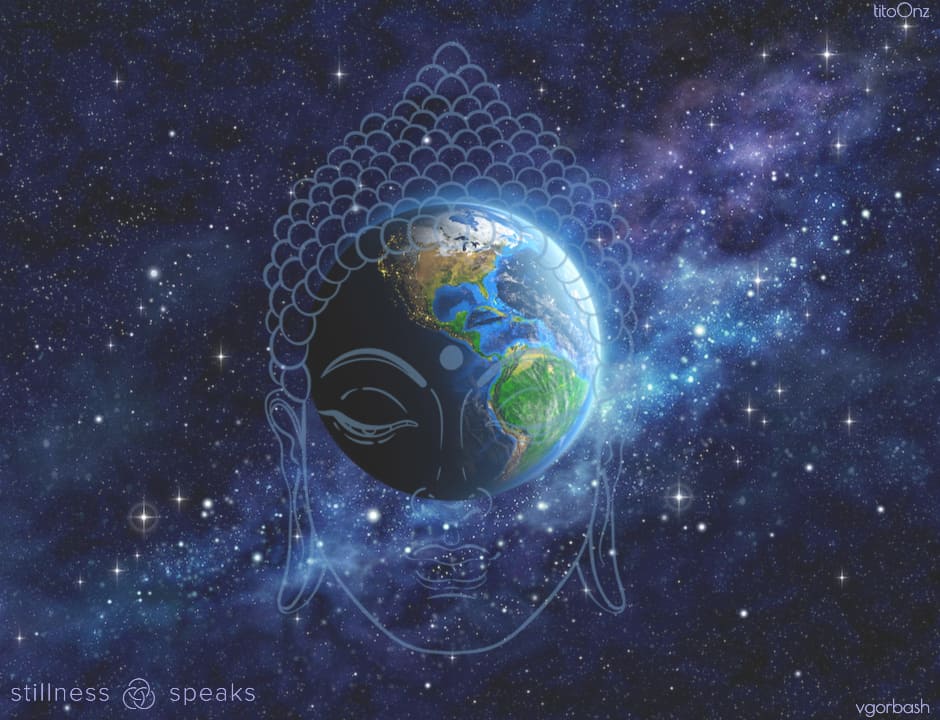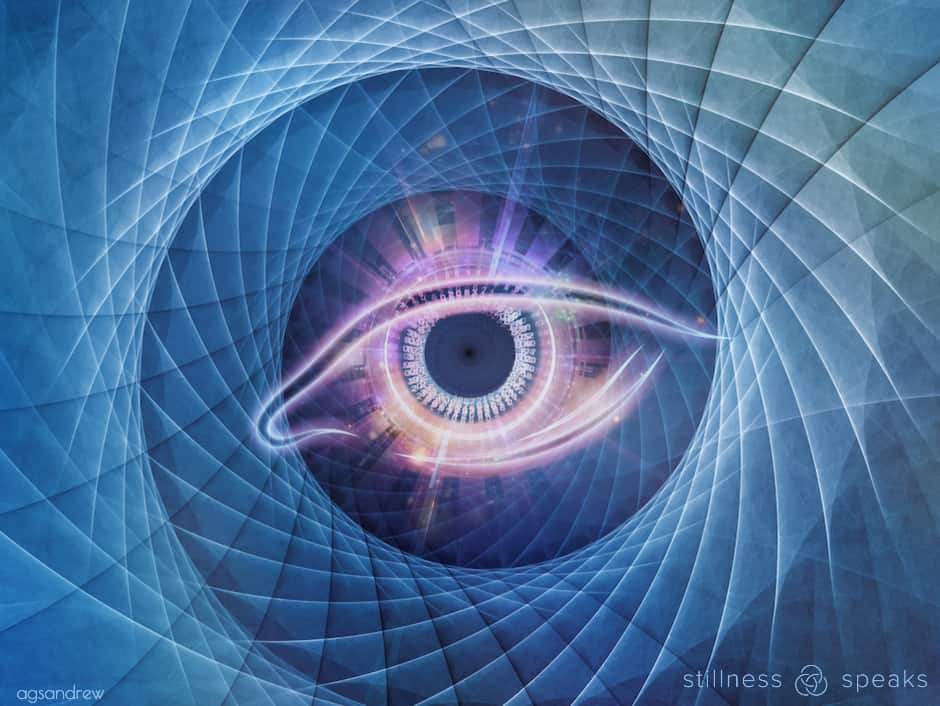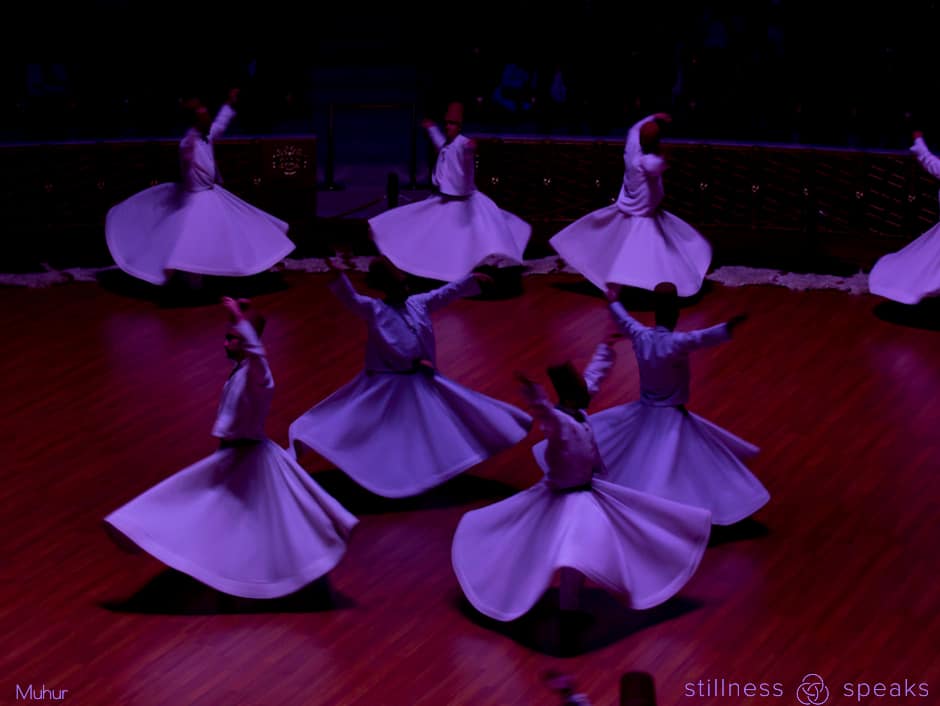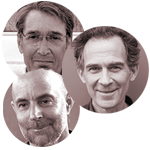oneness: {Rumi} “… describes his six-volume masterpiece, the Mathnawi, as “the workshop of Oneness.” … For Rumi, human selfhood is the key to a vast and beautiful mystery. With this knowledge we can better practice the art of being human …” ~ Kabir Helminski
“… Peace comes within the souls of men when they realize … their oneness, with the universe … that at the center of the Universe dwells Wakan-Tanka (the Great Spirit), and that this center is really everywhere, it is within each of us.” ~ Black Elk
Seeing the Divine in everyone … immersion in, and commitment to, cosmic love … love all humanity … our True Nature …
These phrases are aspects – or qualifiers – of Oneness. Of course, much has been written on this topic of oneness in the world traditions … and in the world of literature. One of the most remarkable – and unparallelled – work in literature is that of Rumi : his poetry is all about oneness expressed through just about every aspect of human existence …
Kabir Helminski – a preeminent translator of Rumi who is also “largely responsible for making Rumi the most widely read poet of our time” – has this to say about Rumi: “… Some rare human beings have penetrated so deeply into the nature of reality that they have been thoroughly transformed by the experience … Rumi is one of those rare human beings, and the legacy of knowledge he has left for humanity is incomparable … he is an example of what humanity has yet to achieve …”
In his latest book (published Apr 4 ’23), The Mysterion, Helminski takes us on a deep dive into “… the meaning and possibility of our human existence, through the universal insights … of Rumi …” as suggested in the subtitle: Rumi and the Secret of Becoming Fully Human.
For Rumi oneness “came” – rather was realized – while he was bereft with grief trying to “find” Shams after his mysterious disappearance. Rumi realized that he was already That which he was searching for (Rumi and Shams story – or “Friendship” – is a fascinating one and requires a separate post or series to do it justice … but here’s one of our posts as a quick reference) … and over the remaining 30 years of his life a poetry – of his “mad drunkenness” with the Divine – issued forth from him …
Rumi’s poetry covers the gamut of human experience (e.g., from sacred to profane, from ordinary to extraordinary) with the Divine present everywhere – so his insights can serve as the “secret to becoming fully human.” Helminski, through his book, helps us appreciate Rumi’s “… teachings by illuminating both the practical psychological dimension behind them, as well as the universal spiritual truths they offer about what it means to be human …”
And, Helminski’s book gives us a “… a contemporary lens through which to view and understand the “Mysterion,” the unifying concept that bridges the human and the divine—and that connects the individual soul with spiritual Reality …”
Of course, the experience, the practice – and finally the realization – of oneness is the key part of becoming fully human …
So, to that end, we offer Helminski’s exploration of oneness from this new book … through excerpts of the entire chapter, Oneness on the World Stage, in this 2-part series. In part 1, Helminski shares his thoughts on Seeing the Divine in All and the Practice of Oneness … where he articulates the real challenges and dilemma of embracing oneness, both individually and collectively … and then lays the groundwork for the potential, practical “solution,” which is covered in part 2.
Also, we highly recommend reading of Helminski’s Preface: Rumi and Humanness and more via the look inside link on the book’s summary page.
This series is part of our ongoing Shambhala Publications series that offers substantive previews of selections from Shambhala Publications new and classic titles …
All italicized text here is adapted from The Mysterion: Rumi and the Secret of Becoming Fully Human by Kabir Helminski, © 2023 by Kabir Helminski. Reprinted in arrangement with Shambhala Publications, Inc. Boulder, CO. Shambhala Publications has also generously offered a free downloadable PDF of the Table of Contents (link is at the bottom of the post).
You can purchase the book at Shambhala Publications or Amazon.
Oneness on the World Stage
Seeing the Divine in All
In considering how the world works and what a program for a more harmonious Oneness might entail, what would a spiritual solution be? Operating within a realistic view of the world, is there any strategy for how to attain a conscious transformation of societies?
The political obstacles are great; to describe them in detail is far beyond the scope of this book. Amid what seems like a cacophony of voices, arbitrary violence, staggering hypocrisies, we have to keep our hearts intact. To redeem such a many-layered system of ignorance and corruption by focusing on the symptoms would do little to disempower the primary force causing those symptoms. And strategies aimed at the many individual political, social, academic, corporate, and institutional structures that make up the dominant system would not change the vibrational nature of their activities. The system is locked within a frequency range that resists meaningful transformation.
But there is no force stronger than spiritual realization. And there is reason to be hopeful that enough people will awaken from the narrowly egoic station and graduate to the level of true individuality—an individuality in resonance with a higher-order reality, a connection to the sacred.
The egoic condition of humanity is one in which people are afraid of giving up a position they have adopted as a defense, afraid that something will be imposed on them, taken from them, or that they will be harmed or violated by another.
The tenderest souls fear that if they open to love, their love will be betrayed. The psychopaths, on the other hand, whose souls have withered almost to nothing, totally lacking in empathy, act upon others without regard for the suffering they cause.
The common response is to first look out for oneself and one’s family, and if that involves competition with others in a zero-sum game, so be it.
The “lovers,” in contrast, are less dominated by self-interest and competition. They keep faith and do the work, and existence mysteriously supports them. Because they are aware of the reciprocal, interdependent nature of reality, they benefit from a collaboration with the Unseen.
The lover is always asking, “What shall we do with the Oneness?” The unrealized human being is responding with various defenses: “You’re not of my race, my ethnicity, my culture. I don’t like your name for God. You’re wearing strange clothes. Don’t get so close. What do you want from me?” Or, “ Look how special I am. Pay attention to me. Why aren’t you behaving as I want you to?”
What shall we do with the Oneness? The dimension of ourselves that “knows” is informed and guided by the awakened heart and by higher consciousness. It is an intelligence beyond the limited self. It is a territory of the mind that is vast and the servant of cosmic love. The awakened heart can gain some perspective on the false self and moderate its demands. It stands on a spiritual promontory that can transcend the drama; it can laugh and let go.
It’s all well and good to say we will love humanity, but the awakened heart forges the bonds of oneness one person at a time. Every time we can see another as our self, every time we see others’ needs as important as our own, we are bringing heaven down to earth.
And if the awakened heart must confront the depths of the principalities of evil, it will be given the wisdom and the courage required, for there is no circumstance that does not ultimately serve the unfolding and manifestation of Truth.
The Practice of Oneness
Oneness (Tawhid) has been one of the central concepts of the Way, even if its true essence has often been like a buried treasure waiting to be discovered. Tawhid has implications and results far beyond what most imagine.
From the beginning, Islamic civilization has been governed by the values of Tawhid. It expanded in a way unprecedented in human history through this integrating power. Compared to other civilizations, and no civilization is without contradictions, Islamic civilization sought to include and incorporate “others” under the principles of compassion, dignity, and justice.
One Friday I was at a local mosque for the weekly congregational prayer. A guest imam was giving a rousing sermon, and we all know what a disturbing time Muslims are passing through. The gist of the sermon was that Islamophobia has always been present, that every prophet who came to the world faced challenges, and that Muslims should realize they are being tested. Furthermore, we should not let the extremists define our religion for us. The imam was addressing a community made up almost entirely of immigrants when he said, “We came to this country because of its laws, and we are not the enemy of this country, or of any country.” These people have had to encounter bias, fear, and hatred because of their Muslim identity, especially as a result of so much misunderstanding and distortion following 9/11. And yet that identity was the best of what they were. The imam ended by saying, “Dear brothers and sisters, they do not hate us—they do not know us.”
I happily stand with them and support them, and I stand as well with another community that I call “the custodians of consciousness.”
~ Kabir Helminski
Stay tuned for the concluding excerpts from this chapter – Oneness On The World Stage – in part 2 … where Helminski shares his thoughts (based on Rumi’s insights) on how we can indeed embrace oneness …
All italicized text here is adapted from The Mysterion: Rumi and the Secret of Becoming Fully Human by Kabir Helminski, © 2023 by Kabir Helminski. Reprinted in arrangement with Shambhala Publications, Inc. Boulder, CO.
And, click here for the free, downloadable PDF of the Table of Contents.
You can purchase the book at Shambhala Publications or Amazon.
And, may you realize and embrace the gifts of … The Mysterion … in your life … and …
May you remain safe and healthy.
